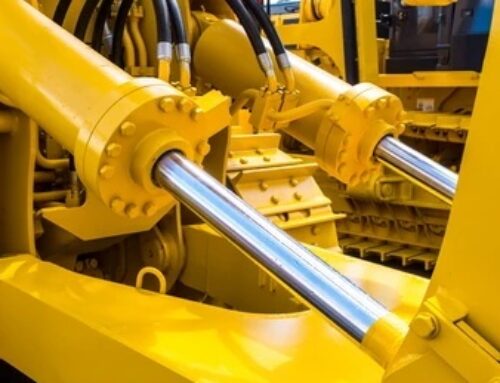Excavator oil seals play a crucial role in the proper functioning of an excavator. These seals are designed to prevent the escape of lubricants, hydraulic fluids, and other contaminants from the excavator’s mechanical components.
Main functions of excavator oil seal
The primary function of excavator seal kit is to prevent the leakage of fluids. They are typically placed between two moving parts of the excavator to create a seal that prevents fluid from escaping. Without these seals, fluids would leak out of the machine, causing a loss of performance and potentially damaging the surrounding environment.
Excavator seal kit also help to maintain pressure within the hydraulic system. When hydraulic fluids are under pressure, they can be used to power the various components of the excavator. By creating a tight seal, oil seals help to keep the pressure within the system, ensuring that the excavator is operating at its full potential.
In addition to preventing leaks and maintaining pressure, excavator oil seals also protect the machine’s internal components from damage. The seals act as a barrier between the moving parts of the excavator, preventing them from coming into contact with one another. This reduces friction and wear on the components, which in turn increases the lifespan of the excavator.
Finally, excavator seal kit also help to keep contaminants out of the hydraulic system. Dirt, dust, and other debris can cause significant damage to the machine’s internal components if they are allowed to enter the hydraulic system. By creating a seal that prevents these contaminants from entering, the oil seals help to ensure that the excavator remains in top working condition.
In conclusion, excavator oil seals are an essential component of any excavator. They prevent the leakage of fluids, maintain pressure within the hydraulic system, protect the machine’s internal components from damage, and keep contaminants out of the hydraulic system. Without these seals, an excavator would not be able to operate at its full potential, and the risk of damage or failure would be significantly increased.









Leave A Comment